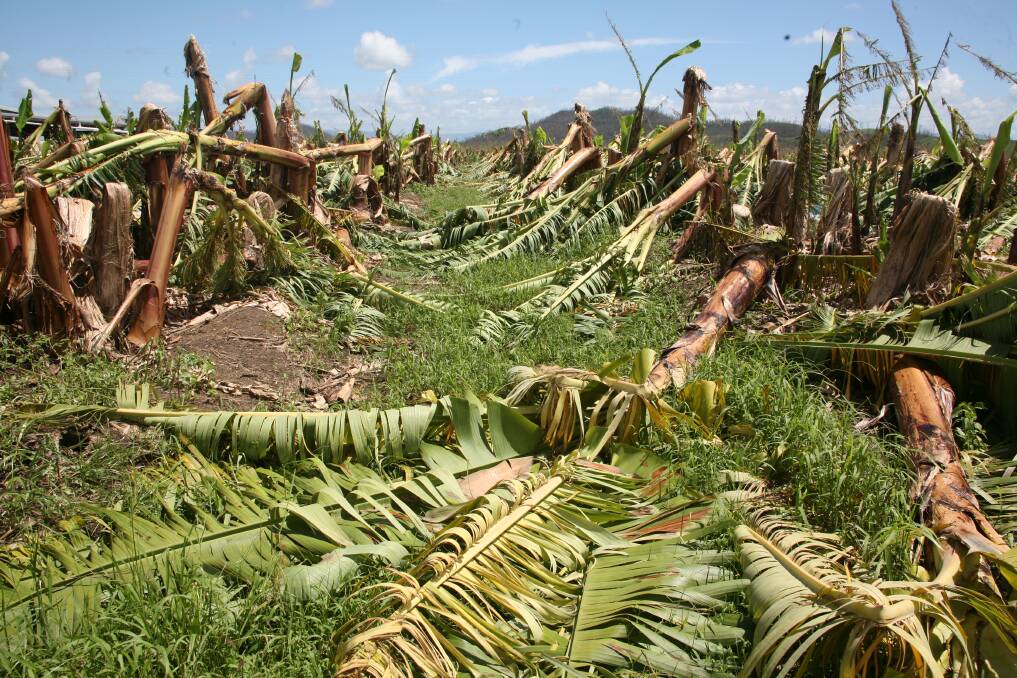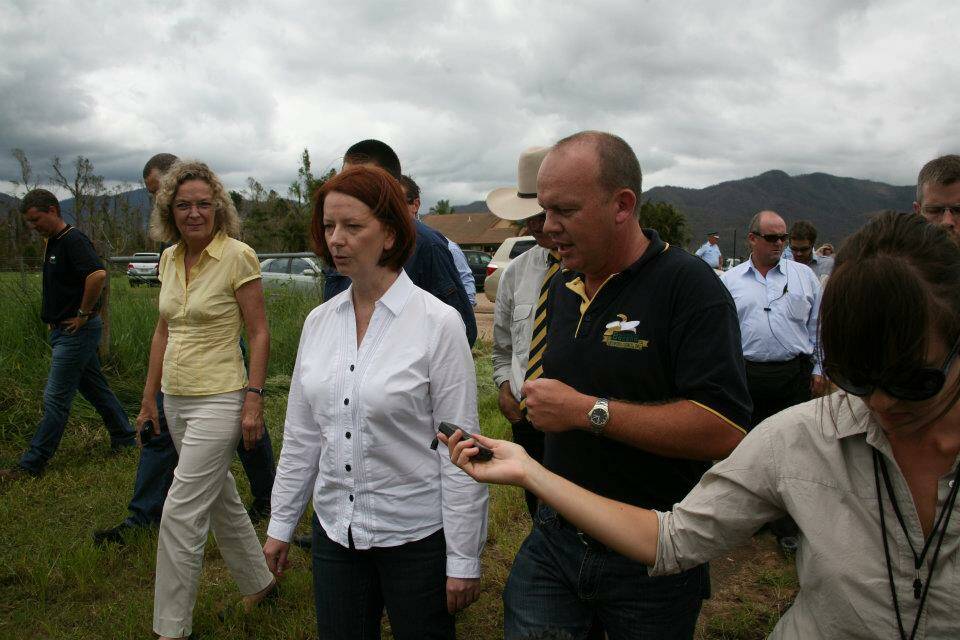
In 2011, bananas suddenly became a luxury fruit when Cyclone Yasi destroyed more than 80 per cent of Australia's banana industry.
Subscribe now for unlimited access to all our agricultural news
across the nation
or signup to continue reading
It was estimated that about $350 million of bananas were destroyed, with growers in Tully, Cardwell and Innisfail copping the bulk of the damage.
Historically low banana production meant a box of bananas was $100, and in supermarkets reached $14/kg.
Australian Bananas Growers' Council chairman Stephen Lowe said the industry had taken a significant battering.
"The Tully and Cardwell banana growing areas were 100 per cent wiped out," Mr Lowe said.
"I remember visiting the farm the next morning to find there were three banana trees left standing in a field completely flattened.
"It's a bit despairing, but I guess it comes with farming and that you're going to have some form of crop disaster at some stage, normally weather driven."
Mr Lowe said it doesn't feel like it's been 10 years since the Cyclone hit but is thankful that was the last severe storm the region has had.
"I'm glad it is because having a cyclone every five years would completely destroy our industry, we couldn't cope with that," he said.
"That was the problem with Yasi, it had only been five years since Larry had devastated the area."

Former Australian Bananas Growers' Council chairman Cameron Mackay's Banana farm in Tully was also wiped out by the cyclone.
"We were producing around two and half million cartons a year and in 2011, we produced about half a million," Mr Mackay said.
He said growers have diversified and are growing in different areas.
"More and more bananas now are growing outside of the traditional Tully and Innisfail area and are growing inland."
The Mackay family purchased a farm in Lakeland in 2012 after Cyclone Yasi.
"Losing 100 per cent of your income makes you think twice about where you're going to keep on producing your crops," Mr Mackay said.
"We made the shift to Lakeland which has been a very good shift for our business."

Government assistance
Mr Mackay said growers in the far north also received state and federal government support to help growers get through, similar to the job keeper.
"We had that for growers impacted and there were also low interest or no interest loans available through the state government," he said.
"The funding got them to the other side, so they were back producing into a market that was going to be sustainable."


